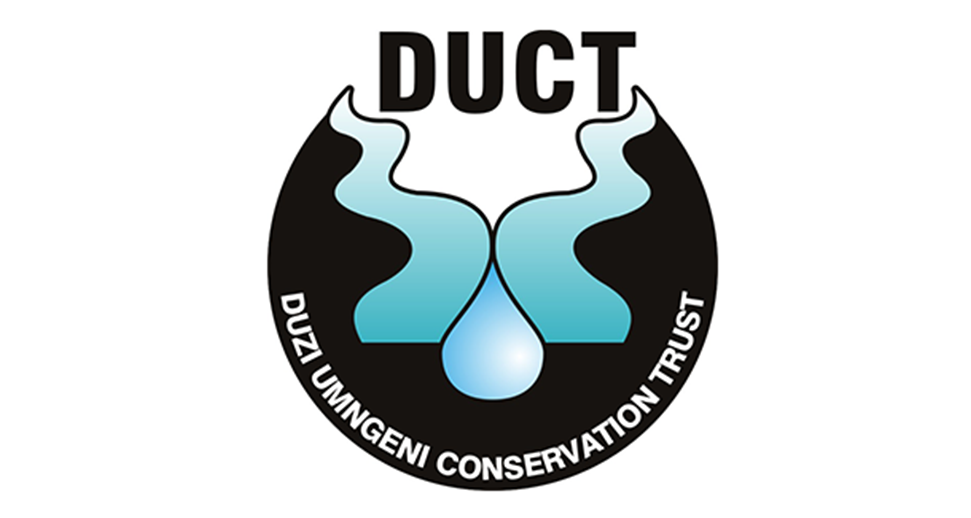The Dusi has died... but it can be saved
Durban - The latest Dusi pollution crisis is an opportunity to turn the situation of Pietermaritzburg’s rivers around, according to David Still of the Duzi Umngeni Conservation Trust (Duct).“This incident has refocused public attention on the health of our rivers, and sadly the long-term trend in their health is going in the wrong direction,” he told the Independent on Saturday.
“This is due to chronic, daily pollution which, in Pietermaritzburg, is really bad and getting worse,” Still said.
He called on the city leaders “to decide if they have given up on our rivers, or whether they are going to make a decision to turn the trend around”.
“It’s completely doable, given the political will.”
Still said the Baynespruit, into which the Willowton Oil spillage went, flowing into the uMsundusi and later the Mngeni and reaching Inanda Dam, had reputedly been the city’s most polluted river from a long time.
“Willowton Oil has offered to work with Duct and the Sobantu community to turn that around, and that may turn out to be a real positive development from last week’s disaster.”
Meanwhile, in the river system that Still described as having “taken a knock”, scientist Mark Graham from GroundTruth, an environmental consultancy Willowton has appointed to assess the river, said that although the pollution was not expected to go beyond Inanda Dam, one test site would probably be below the dam wall.
“We have in mind a site downstream of Inanda Dam but I don’t anticipate anything there. It’s really just for reassurance for the community and for the public.”
He expected the monitoring and investigation to wind up after a year.
Graham added that it would be vital for surviving life in unaffected areas of the tributaries to breed and restock the course of the river with the help of spring and summer rains.
Still said the distressing sight of piles of dead fish represented only the visible signs of damage.
“Many of the organisms affected are so small that the casual observer cannot see what shape they are in, but we know they will have taken a big knock.”
Pandora Long of the Lower Mpushini Conservancy on the Mpushini tributary, said: “The whole river has died. A living system that was alive for years has died out.”
She said she hoped a better disaster management plan would be in place should anything like this ever happen again. She criticised authorities for the lack of communication with people living along the river.
Nathi Olifant, spokesperson for Economic Development, Tourism and Environmental Affairs MEC Nomusa Dube-Ncube, said he had accompanied the department’s environmental official last Saturday to ascertain reports of dead livestock.
“We liaised with izinduna, livestock owners, councillors and police at Msunduzi Police Station, located in Ward 1 KwaXimba, and reports of dead livestock could not be verified.
“I understand that on August 16, officials from the Department of Agriculture and Rural Development also visited the area to establish whether any livestock was dead.
"None was found except that they were not allowing the cattle near the river as warned.”
Councillor Hlahlasake Dlamini, in KwaXimba, said the pollution had impacted on the people’s access to the water where they bathed and washed and watered their cattle, some of which were looking “off normal”.
Government departments said they had not received any reports of people being ill or having disappeared.

